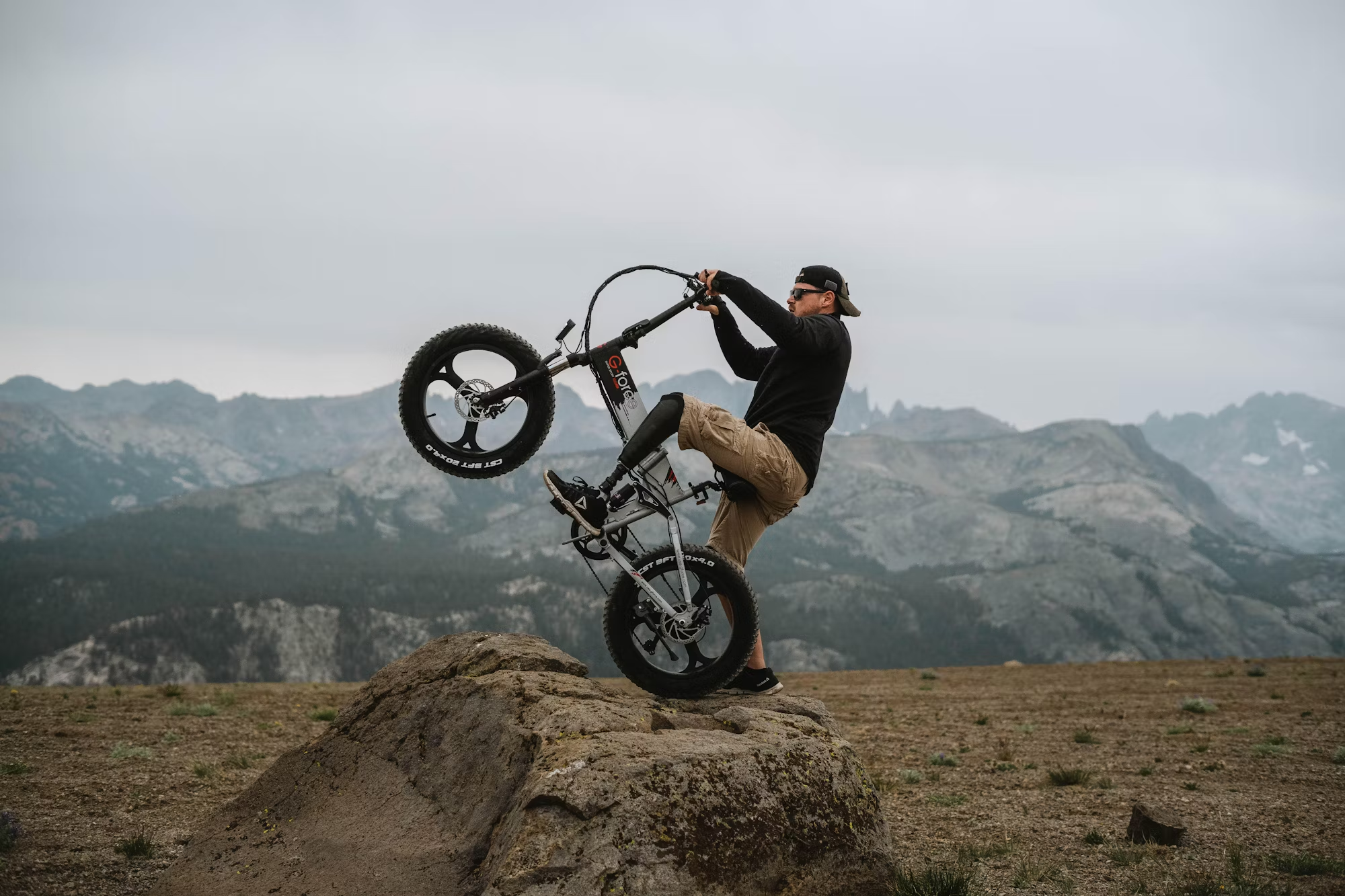Surfing is a sport that demands both physical strength and mental focus, with each wave offering its own set of challenges. For beginners, the ocean can seem like a vast, unpredictable playground. However, as surfers gain experience, they begin to unlock the secrets of the sea, learning how to read the waves, understand the currents, and master a variety of techniques. Whether you’re a novice just starting out or an experienced rider aiming to take your skills to the next level, understanding key surfing techniques is essential for improving your performance and enjoying your time in the water.
Paddling: The Foundation of Surfing
Before you can ride the waves, you need to paddle out to where the waves break. Paddling is a fundamental skill that forms the basis of every surf session. Proper paddling not only allows you to catch more waves but also helps you conserve energy, which is crucial for long surf sessions.
When paddling, it’s important to maintain a balanced position on your board. Keep your body centered, with your chest slightly lifted off the deck to avoid dragging your legs or nose in the water. The paddle should be long enough to allow you to reach the water comfortably without straining your arms. Paddle with long, smooth strokes rather than short, choppy ones, as this will give you more speed and efficiency. Using your whole arm instead of just your hands will allow you to paddle with greater strength, helping you cover more ground with each stroke.
Positioning: Understanding Where to Be
One of the most important aspects of surfing is knowing where to position yourself on the wave. If you’re too far forward on your board, you’ll risk nose-diving; if you’re too far back, you may struggle to catch the wave. Positioning involves both understanding the wave and understanding your board.
For beginners, it’s important to start by learning to position yourself for smaller waves, gradually moving on to larger ones as you gain confidence. You should always aim to position yourself just ahead of the breaking wave, allowing you to catch the wave at the right moment. Keep your eyes on the wave and adjust your body accordingly. A common mistake many beginners make is paddling for the wave too early or too late, which results in missing the wave entirely.
Catching Waves: Timing and Technique
Catching a wave is the moment every surfer looks forward to. But to do it correctly, you must time your paddle with precision and use the correct technique. When you see a wave approaching, start paddling toward it at the right moment. Begin paddling hard and fast to match the speed of the wave, aiming to be just in front of the breaking section of the wave.
When you feel the wave starting to push you, keep paddling to ensure you’re fully caught in the wave’s energy. At the right moment, pop up by pushing your chest off the board and using your hands to swiftly lift your body into a standing position. It’s essential to perform the pop-up quickly and fluidly, as any delay could cause you to lose the wave or fall off the board.
The Pop-Up: Your Gateway to Riding the Wave
The pop-up is arguably the most essential skill to master as a surfer. It’s the moment when you transition from paddling to standing, and it sets the tone for the rest of your ride. To perform a proper pop-up, start by lying flat on your board with your hands positioned underneath your chest.
As the wave begins to lift you, push your chest up and simultaneously bring your feet underneath you, placing them firmly on the deck of the board. Your back foot should land in the center of the board, while your front foot should be placed towards the front. Keep your knees slightly bent, your arms out for balance, and your eyes focused on the wave. The goal is to create a smooth and controlled transition, avoiding any jerky movements that could throw off your balance.
Turning: Carving Through the Wave
Once you’re standing on your board, the next step is learning how to turn. Turning is one of the most important techniques for progressing as a surfer, as it allows you to ride the wave’s face, make the most of the wave’s energy, and stay in the sweet spot for longer.
There are two main types of turns: frontside and backside. Frontside turns are when you turn toward the wave face, while backside turns are when you turn away from it. To perform a frontside turn, lean into the wave by placing more weight on your front foot and using your back foot to pivot. You’ll want to carve the board in a smooth arc, following the curve of the wave’s face. For a backside turn, the same principles apply, but your body will be turned away from the wave, which may feel less intuitive for many surfers.
In addition to basic carving turns, advanced surfers will also perform vertical turns, where they cut back toward the lip of the wave and drop down again. These maneuvers require timing, power, and a deep understanding of the wave’s behavior, but they can be incredibly rewarding once mastered.
Aerials: Taking Your Surfing to the Next Level
For those looking to push the boundaries of surfing, aerials are the ultimate goal. An aerial involves launching your board off the face of the wave, performing a trick mid-air, and landing back on the wave. While this move is often seen in shortboarding, it requires a high level of skill and control.
The key to performing a successful aerial is speed. You need to generate enough speed on the wave’s face to launch yourself into the air. A good takeoff requires hitting the lip of the wave at the right angle, allowing you to spring off the wave like a ramp. Once airborne, the surfer may perform a variety of aerial tricks, including flips, spins, or grabs. The landing is just as important as the takeoff—surfers must maintain control as they land back on the wave to avoid falling off the board.
Bottom Turns: The Foundation of All Advanced Maneuvers
A bottom turn is a fundamental maneuver in surfing that sets the stage for nearly all other advanced tricks. It is performed when a surfer approaches the bottom of the wave after paddling in and preparing to ride up towards the lip. The bottom turn allows surfers to generate speed and direction, setting them up for the next move.
To perform a bottom turn, start by bending your knees and leaning into the wave. Use your back foot to push the board into the wave and carve a smooth arc. Your front foot will guide the direction of the turn, and your body should be angled toward the lip of the wave. A good bottom turn will help you maintain control, generate speed, and position yourself for a perfect ride.
Understanding Wave Types and Conditions
One of the most critical aspects of surfing is understanding the ocean itself. Different waves and conditions require different approaches, and knowing how to read the waves will help you make the most of each surf session. Waves come in various shapes and sizes, and their behavior can be influenced by factors such as wind direction, tide, and swell size.
For example, point breaks are characterized by waves that break along a specific point, providing long rides with consistent shape. Reef breaks, on the other hand, occur when waves break over a reef, which can create fast, powerful waves. Beach breaks are more common and can be found in many surf destinations, offering waves that break unpredictably across the sandbar.
Surfers must learn how to identify the best waves to ride based on the conditions. By positioning yourself correctly and reading the waves’ movements, you can maximize your chances of catching the perfect ride.
Conclusion: Mastering the Art of Surfing
Mastering surfing is a lifelong pursuit, and the techniques mentioned above are just the starting point. As surfers develop their skills, they learn to adapt to the unique conditions of each wave, and they continually refine their movements to improve their performance. Whether you’re a beginner or an advanced surfer, the key is to remain patient and committed to learning.
Surfing is not just about riding the waves—it’s about connecting with the ocean and pushing your limits. By focusing on your technique, honing your skills, and understanding the waves around you, you can unlock the full potential of this exhilarating sport and enjoy the thrill of surfing for years to come.



